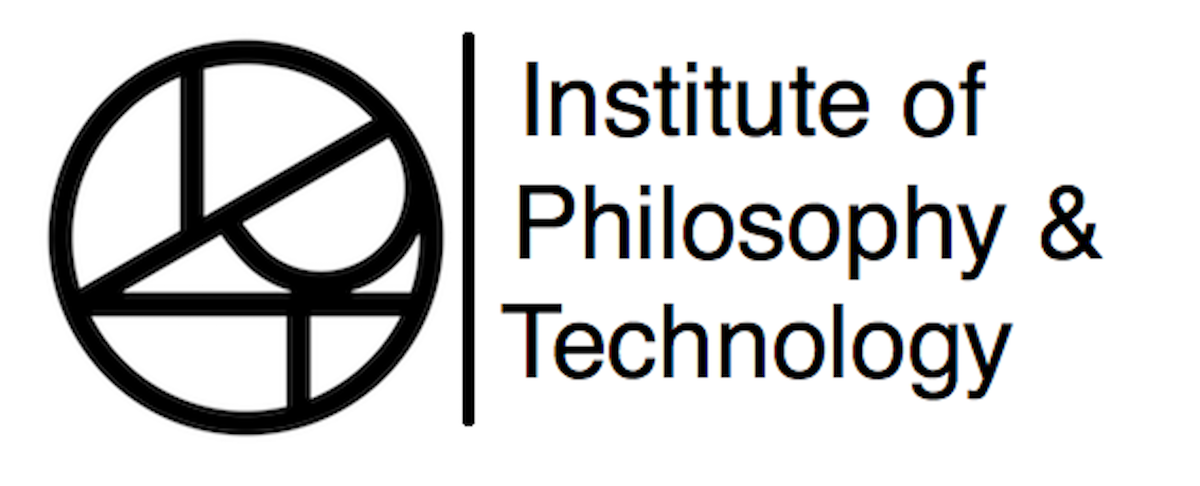IPT Talk Series 2021-22
Wednesday, 2 February 2022, 20.00-21.00 (Greece time) (Online)
Robert Hahn
Did Aristotle get the Origins of Philosophy wrong?
Modular Thinking, Substance Monism, and the Origins of Philosophy: Architecture, Gnomon, Coinage, and the Felting of Wool
Aristotle explains in the Metaphysics [983bff] that the earliest Greek philosophers were (to use my terms) source and substance monists. This means, they posited a single underlying material — Thales called it water, Anaximenes air, Heraclitus fire — from which all appearances come, and back into which they return upon dissolution [= source monism]. Moreover — and this is the central point of debate — all diverse appearances are only modifications or alterations of the basic underlying material substrate. And so, there is no substantial change because the underlying nature never perishes [= substance monism]. Important scholarly criticism has argued that Aristotle got it wrong. Some claim he placed the early philosophers within a conceptual scheme all his own — and without good evidence — in order to show his great contribution, namely the discovery of all 4 causes to explain the Being of things (Cherniss); the earliest philosophers like the Milesians, got only 1 of the causes, namely the material cause. Other scholars argue that there is no evidence in the 6th century BCE for “substance monism,” for an underlying nature or unity that alters without changing (Graham, Sassi, Rossetti), and so is anachronistic. My research proposes that Aristotle’s report is spot on, that he got it right; his testimony amounts to an argument for “modular thinking”: this kind of thinking posits an underlying unity that alters without changing.
My research, esp. on ancient architectural techniques for the Ionic stone temples shows that not only that the architects of the great Ionic stone temples of the 6th century BCE in Samos, Ephesus, and Didyma were using modular techniques, but that the module was column-diameter (Vitruvius III). And so, all the other architectural elements were scaled-up as multiples or scaled-down submultiples of the module. Thus, column-height was 9x the (lower) column-diameter, the entablature, stylobate, and all the other architectural elements were calculated in terms of a basic underlying unity, as multiples or submultiples. [Perhaps we can now see the microcosmic-macrocosmic reasoning exhibited here.] These modular details are supplied the German architect-excavators Wesenberg, Krischen, Schaber, and others. When Anaximander describes the distances to the stars, moon, and sun, he makes use of a modular technique: he identified the shape and size of the Earth with a 3×1 column-drum, and measures out the distances to them in earthly, that is column-drum, diameters. Thus, not only does Anaximander makes use of a modular technique, he actually uses the architect’s module! He does so, I argue, because he came to imagine the formation and development of the cosmos as cosmic architecture, an architecture built in stages, like the Greek temple.
My arguments continue to show that modular thinking not only surrounded the early philosophers but interpenetrated their thoughts. Thales and Anaximander both made use of a gnomon, a vertical rod of arbitrary height. Thales used one to measure the height of a pyramid by the shadows cast, and Anaximander made a seasonal sundial: in both cases the gnomon remains the same (in each separate instance) but the shadows differ — the shadows are multiples or submultiples of the module. Coinage was introduced by the Lydians and embraced by the Milesians in the first half of the 6th century when both flourished. The statêr was the basic unit (c. 14 grams) and all other denominations were submultiples of the module, 1/2, 1/3, 1/12, 1/24, 1/48…and even down to the tetartemorion or 1/96 statêr: Heraclitus claimed that “All things are an exchange for fire, and fire for all things; just as gold for goods and goods for gold.” This is explicitly the analogy of substance monism. My conclusion: those who argue that Aristotle’s report is anachronistic have missed the context — say situatedness — esp. technological context in which philosophy began for the Greeks. My newest argument is that, surrounded by modular thinking in architecture, gnomon, coinage, and even the felting of wool (for Anaximenes), Thales & Co made an inference of a metaphysical module as part of their innovative thinking. Aristotle’s report is spot on, and I am persuaded of the likeliness that, not merely by oral tradition, but Aristotle had a summary report from Hippias of Elis or an intermediary, the same source to which his student Eudemus had access when he described Thales contributions to geometry, preserved by Proclus.
Robert Hahn is Professor of Philosophy at Southern Illinois University Carbondale. He received his Ph.D. in Philosophy from Yale University. Professor Hahn is the author of seven research books adopting an interdisciplinary approach to themes in early Greek philosophy including ancient Greek and Egyptian architecture, archaeology, mathematics, astronomy, and cosmology. Professor Hahn has led 64 different, unique, interdisciplinary, team-taught travel-study programs to Greece, to Greece and Turkey, and to Egypt. He is one of the few professors at SIU who has won both the awards for The Outstanding Teacher of the College and The Outstanding Educator in the University.
Please register here

